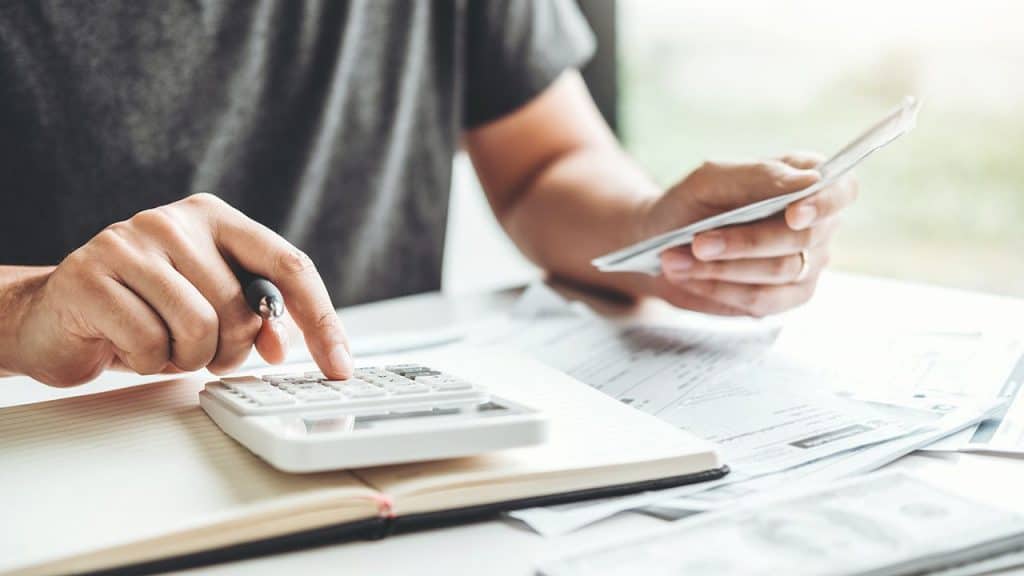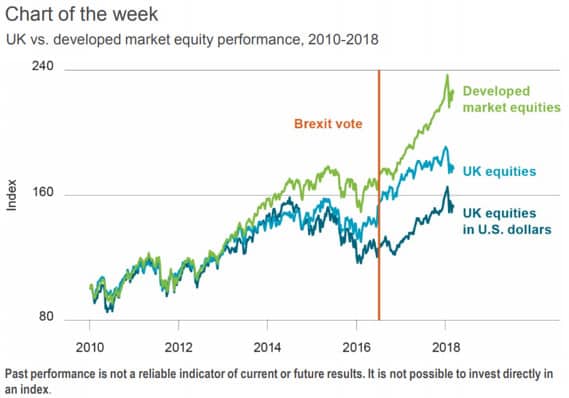
Let’s face it: The COVID-19 crisis has been raging for two months now, and while some states are taking steps to open up, the economy is still in terrible shape. Not only are unemployment levels at an all-time high, but Americans whose jobs have held steady are increasingly worried about getting laid off.
As such, it’s not crazy to assume that the current slump we’re dealing with could very well be our reality for the next year ahead. Sure, the economy could recover more quickly, but without a crystal ball, it’s impossible to know. A good bet, therefore, may be to hope for the best but prepare for the worst, and to do so, you’ll want to make the following moves.
1. Boost your emergency fund
Emergency savings are important in general, but they’re especially crucial at a time like this. Even if you’re employed now, you may land on the chopping block if things get worse, so make an effort to sock some of your incoming earnings away in a savings account. Ideally, your emergency fund should have a minimum of three months’ worth of living expenses in it, but more is better — especially since in today’s economy, you could find yourself out of work much longer than that.
2. Pay off some high-interest debt
The less debt you have hanging over your head, the less stressful the next number of months will be. If you’re carrying a credit card balance, use a portion of your earnings to chip away at it. That way, you’ll have lower monthly payments — or perhaps no monthly payments — to grapple with should your financial picture get worse.
3. Figure out how to lower your spending
Your income may not have taken a hit yet due to COVID-19, but the longer the economy stays so sluggish, the more that risk exists. It’s a good idea to map out a budget based on what your expenses look like today, as well as an emergency budget you can switch over to should things get worse.
4. Seek out a remote side hustle
Normally, getting a side job isn’t difficult. You can sign up to drive for a rideshare company, walk dogs, wait tables, or work a cash register. In today’s economy, however, side income is harder to come by, both due to a lack of available jobs as well as a lack of safe available jobs. Your best bet, therefore, may be to find work you can do from home, whether it’s web design, medical billing, or editing. If you’re an educator, now may actually be your time to shine in this regard. With so many parents struggling to homeschool, remote tutoring could be quite a lucrative gig. Either way, lining up a secondary income could help you pad your savings, shed debt, and have protection in case things with your main job change for the worse.
5. Keep funding your retirement plan
At a time when the economy is so shaky, it’s natural to focus on near-term needs and put future needs aside. But if you’re set on emergency savings and aren’t grappling with high-interest debt, you should still keep putting money into your 401(k) or IRA. Not only can those contributions serve as a tax break (assuming you fund a traditional 401(k) or IRA), but they’ll help ensure that a single rough year doesn’t put you at a disadvantage later in life, when retirement rolls around.
There’s no telling when the economy will start to pick up in light of COVID-19, but right now, things look pretty bleak. The good news, however, is that if you take steps to improve your personal financial picture, you’ll be in a much better position to ride out what could end up being a pretty lengthy storm.
























